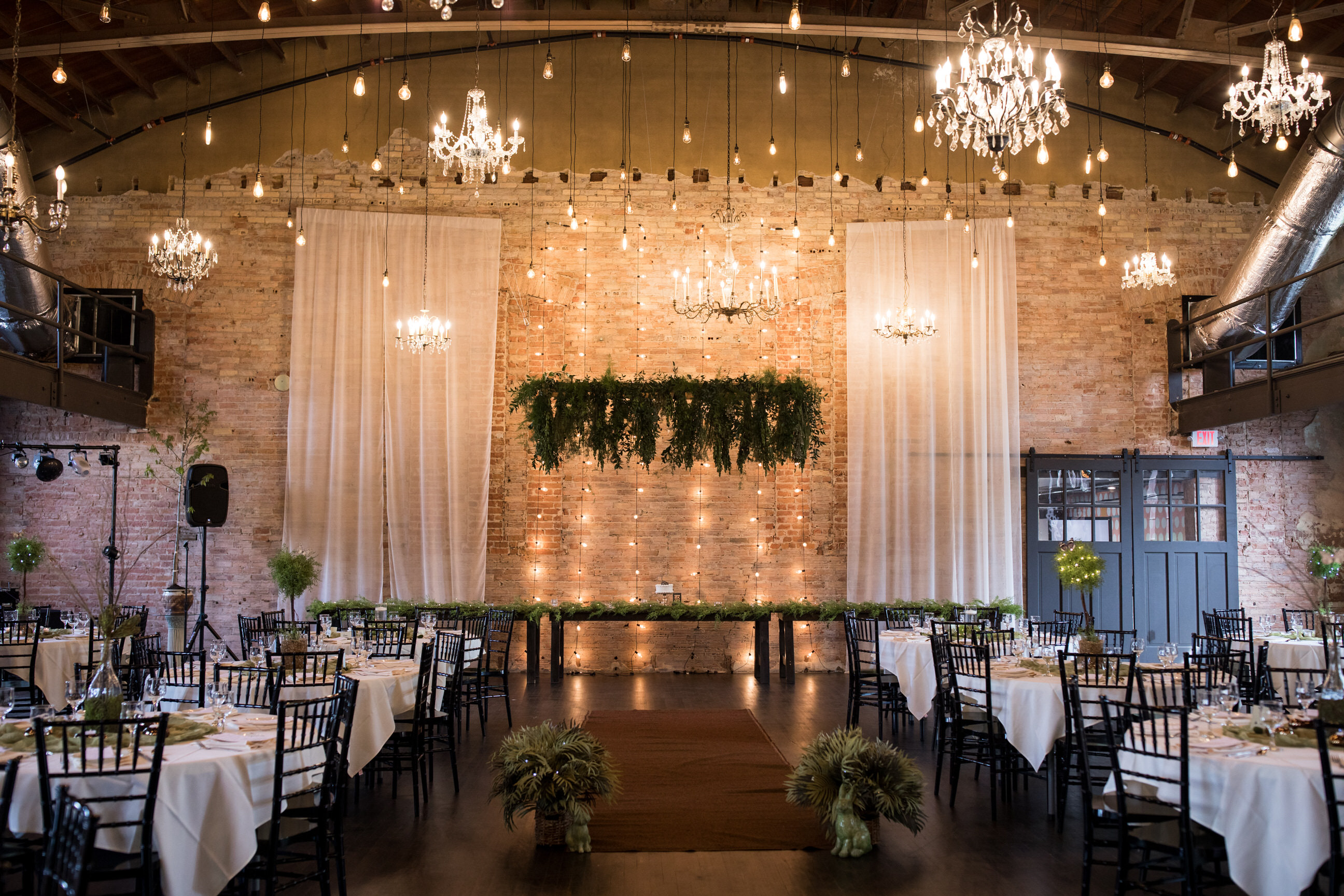
We sat down for round two with Bre – one of our favorite vendors and day of coordinators – to get the scoop on wedding seating charts!
You might be thinking to yourself – seating charts? Really? Isn’t that just an hour of my time a few weeks before the wedding? You may be surprised to learn that’s a big misconception! Seating charts aren’t always straight forward and they definitely take more than an hour, but since there’s so much going on near wedding-time, they often get overlooked.
So this guide is here to help you get through it with ease!
1. What makes seating charts tough?
Where to begin? You are basically being asked to stick the people that you love into groups, and then those groups into placements that looks a lot like rankings. Ugh.
Then there’s family and friend dynamics to contend with. Can Aunt Martha sit with five tables between her and her ex-husband Uncle Denis? Kyle and Jeanna just broke up two months before the wedding, where should we put them??
And finally, there is the puzzle of it all. Each table only sits a certain number of people, and friend and family groups rarely wrangle nicely into a set number.
2. So where do we begin?
Set yourself up for success!
- Step One: Send your invitations out at least 2 months before the wedding.
- Step Two: Set a hard RSVP date on the invitations that is at least one month before the wedding.
- Step Three: Sit down the very next night after you catalog the RSVPs and call or text all the stragglers who haven’t turned them in yet to get their answers. We know – annoying! But it’ll be worth it 🙂
- Step Four: Schedule a time to make the seating chart. Block out a few solid hours. Scheduling this time in can help hold you and your partner accountable and get the ball rolling so the seating chart doesn’t get put off!
- Charting Tip: If there are guests you don’t know well, call up your parents/siblings/relatives/friends to get their input on where to seat them!
- Bonus Tip: Make and keep deadlines for yourself.
Let’s talk tech!
E-vites are an option for both Save the Dates and invites. However, not everyone you invite will have access to a computer or know how to use one well (looking at you great-grandma Lindy!).
Bre suggests sticking to hard copies sent through the mail. Save the Dates can be pinned to the fridge where they aren’t easily forgotten. Plus, sending physical invitations are more formal!
That being said, online RSVPs are a great way to go! Lots of websites offer areas for guests to RSVP and you can place those instructions and the link on your invitations. But still, consider including a phone number or email address as back up for your less tech-savvy friends and family.
There are plenty of websites out there that offer free programs for making wedding seating charts. Bre is a fan of using a spreadsheet, so you can copy/paste names from your guest list over to their table assignment. Not so tech-savvy? Set out a bunch of plates matching your floor plan to represent your tables. Print out your guest list and cut out their names. Then you can physically move them around to create table groupings. After this, type up a list to share with your vendors. Make sure to have your venue floor plan handy!
What’s out of our control with tables?
The good news is – not a lot!
Venues that offer seating can provide you with table dimensions and seating availability. This tends to be the cheaper option because seating is bundled with the venue price.
If you aren’t a fan of the tables the venue offers, most venues are a-okay with you bringing in your own furniture. Rental vendors can meet almost any needs for table type and size!
How about set up?
A good thing to keep in mind – remove any obstacles to fun!
For most venues, it’s your choice! Using the venue floor plan and dimensions of your tables, you can set up the room however you’d like. Bre has seen clients who ring the room in tables and make the center a dance floor or spiced it up with fancy lounge furniture.
If you’re really stressing about setting up and assigning your tables, you can always just reserve the main table and a few additional tables for you and your closest – then do open seating for the rest of the guests. Just be sure to include a few extra tables, because groups tend to clump together and resist splitting up. They will rarely fill tables of their own accord.
Bonus set up tip: If you place banquet tables in long rows (think Hogwarts’s Great Hall!), be sure to number each individual table instead of each row!
What kinds of tables are common for weddings?
You can get all sorts with the right rental companies, but there are a few common table sizes and seatings:
- 60 inch round – seats 8 to 10 people
- 72 inch round – seats 10 to 12 people
- 6-foot banquet – seats 6 people
- 8-foot banquet – seats 8 people
There is a little flexibility – you can sit the minimum amount for more elbow room, but it’s not a great idea to sit over the max. It will just be too crowded.
Are there any perks to assigning seats as well as tables?
Sometimes seat assignment is helpful if you have to manage unruly or conflict-prone relationships at your wedding.
If that’s not something you’re worried about, Bre recommends assigning tables over assigning seats. It’s less work for you and just as effective.
What about kids?
This can depend on their age and how many kids are at your wedding! Little kiddos will most often stay with their parents for supervision and care. However, older kids – usually around 9 to 10 and up – might enjoy their own kids’ table! Most often, Bre sees kids seated in their family groups.
Extra Ideas: Some couples may choose to leave toys and activities out on tables for kids to keep them occupied. Another option is to create a kids’ corner – a large table/space with lots of crafts and activities. It’s basically a spot where kids can make a mess and have kid-fun without worry!
What should we do with our smallest groups?
In these cases, the goal is to make sure that no one at your wedding feels left out or last on the list! Bre recommends splitting larger parties between two tables and then filling in the remaining spots.
For example: split your group of 10 college friends into a table of four and a table of six. Then seat your three work colleagues together at one of these tables and your old roommate with his date at the other table!
Is there a good way to make wedding VIPs feel special?
One of the best ways is to seat your VIP guests close to the wedding party table (you and all your party) or the sweetheart’s table (just the two of you).
Usually, your VIPs will be your wedding party (if they aren’t at a big head table with you), immediate family, grandparents, then special family and friends. This arrangement is also super helpful placement for speeches!
And don’t worry too much about those seated further back. There are also lots of perks to sitting on the periphery! Oftentimes you’re closer to the bar, the dessert table, and the exits 🙂
Extra Idea: One other option is to instruct the catering team to serve your VIP tables first after the main table!
How do we show people where to sit?
For plated meals: Have a place card table near the entrance laid out in alphabetical order. Each card should include the guest’s name, table number, and meal option.
For buffet meals: You can skip the cards if you want and just create a sign! It’s often easiest to list guests alphabetically with their table number beside them.
For assigned seating: It’s best to use the sign option and place cards at each place setting to avoid any confusion!
What about the inevitable surprise guest who didn’t RSVP?
Yep, it’ll happen. Most people don’t understand how much work goes into wedding planning until they do it themselves, so don’t take it personally!
The best approach is just to plan some extra seats/settings. You can also under-fill your tables by seating them at their minimum capacity so that if a surprise guest shows up, they fit right in! The main thing is, don’t stress too much about it. It’ll work out 🙂
How does a day of coordinator help with wedding seating charts?
Excellent question! Day of coordinators have tons of experience and often help by:
- Reminding you about the seating chart timelines and deadlines
- Providing and analyzing venue floor plans
- Assisting in planning the best table size and layout for your guest list
- Giving etiquette advice (like what to do if you have guests who don’t get along!)
- Double-checking your chart for any issues to make the day run smoothly
- Connecting with caterers and other vendors about the chart, meal choices, dietary restrictions, etc. – quite a few fewer things on your list 🙂
So!
All in all – the goals for creating wedding seating charts are to set yourself up for success, go easy on the stress, and have fun! We can all get on board with that 🙂
For more tips on wedding planning, check out our comprehensive wedding planning guide and wedding checklist!
Feel free to drop us a line in the comments below – we’d love to hear from you!
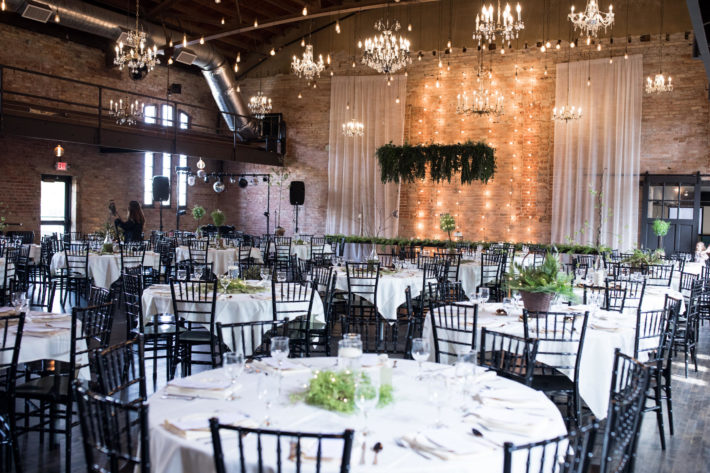
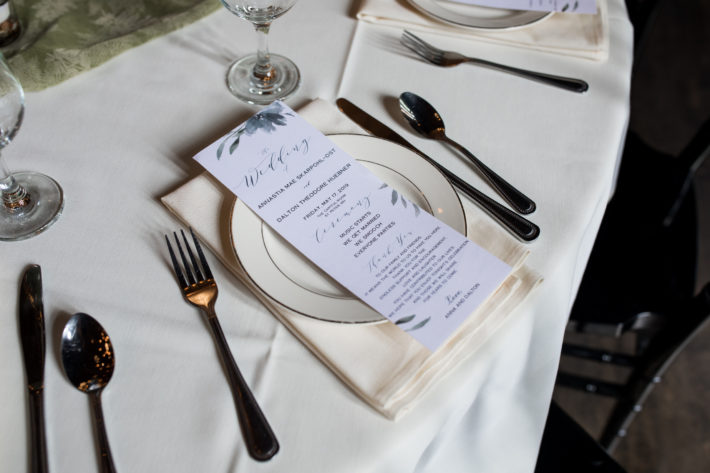
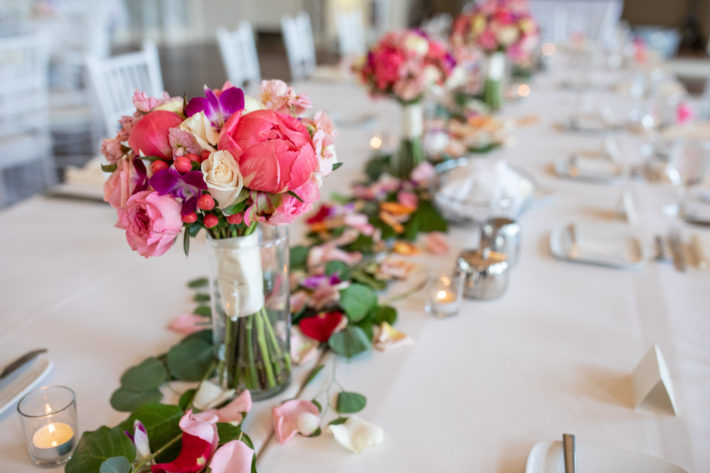
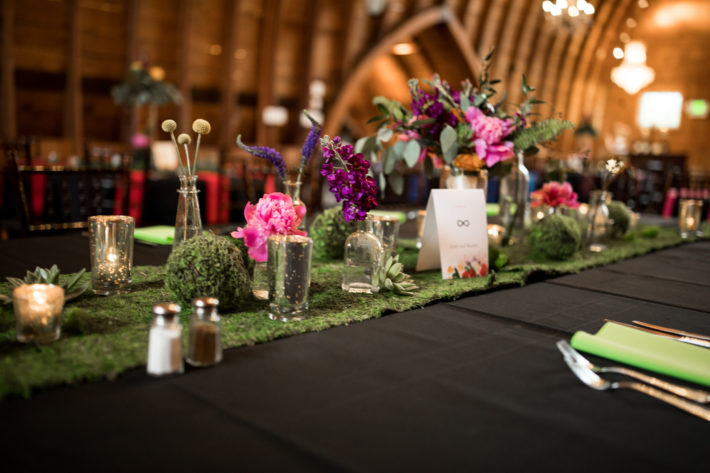

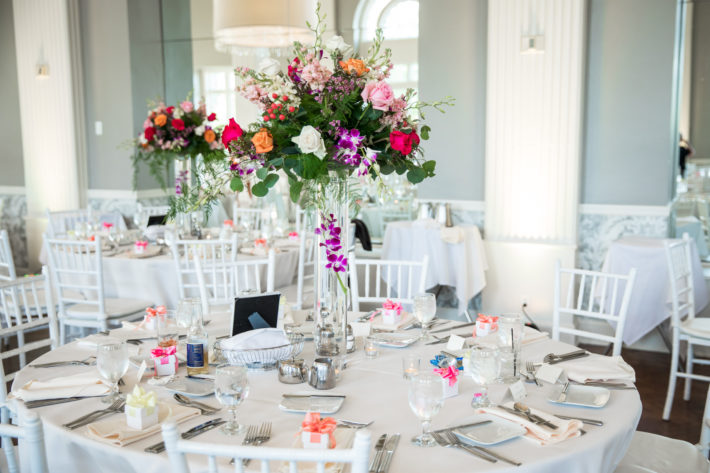

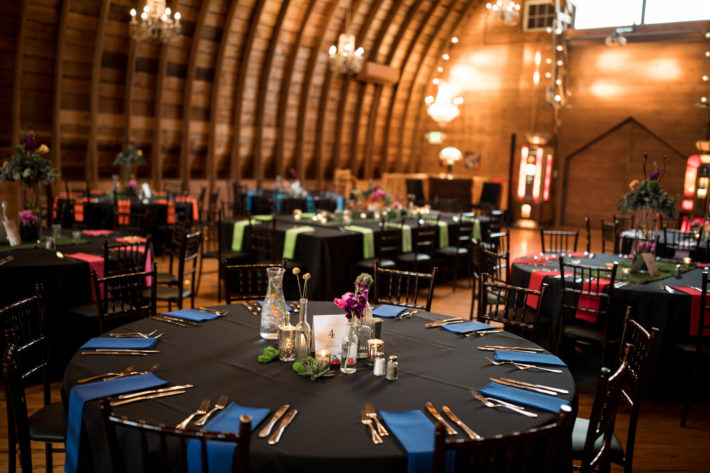
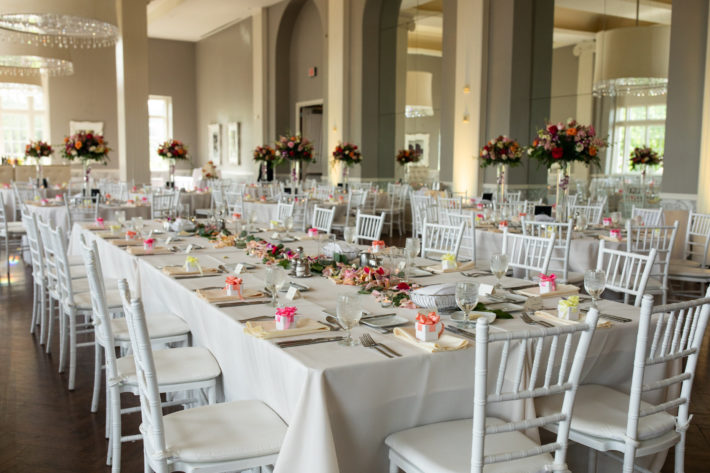
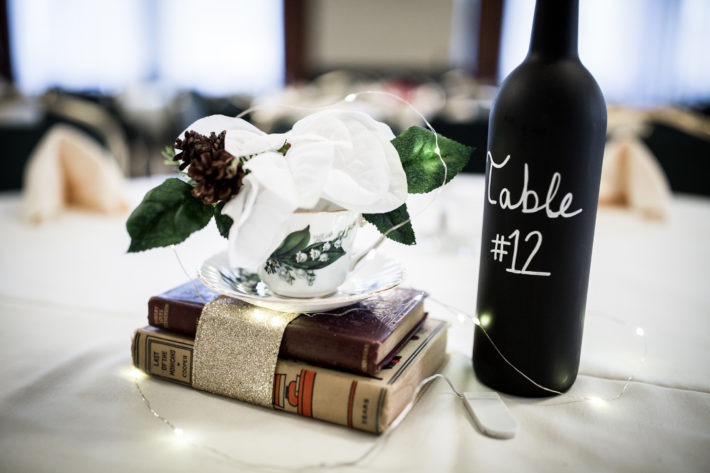
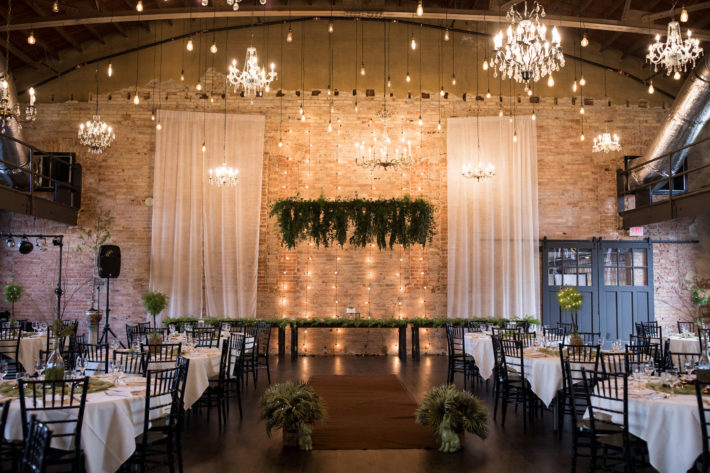
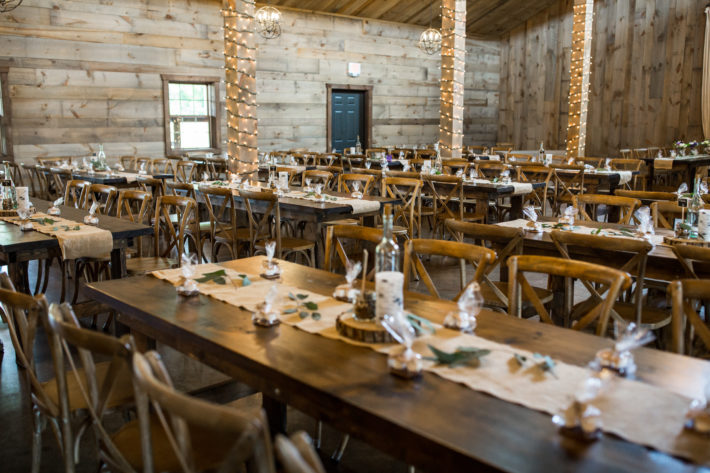
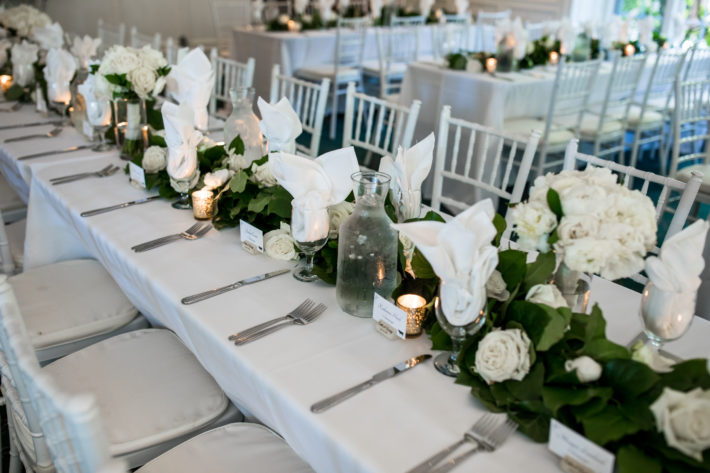
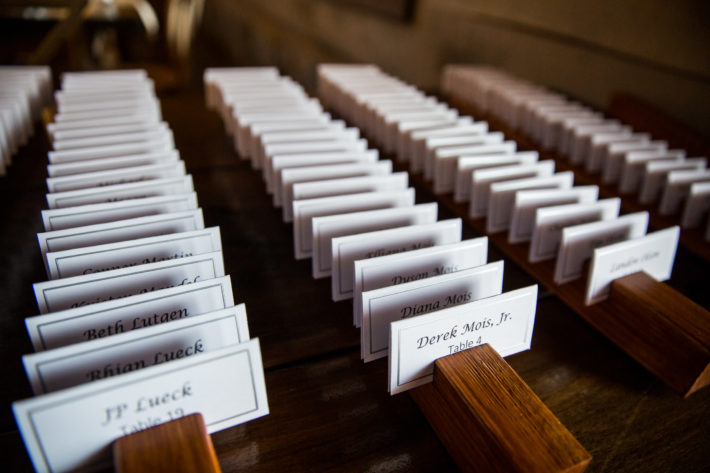
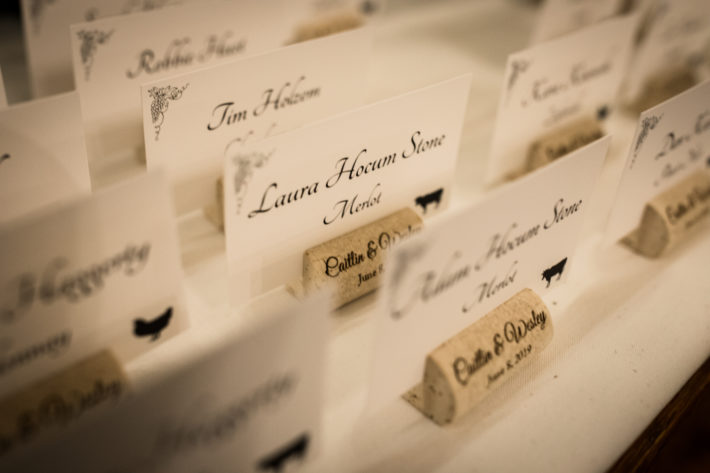
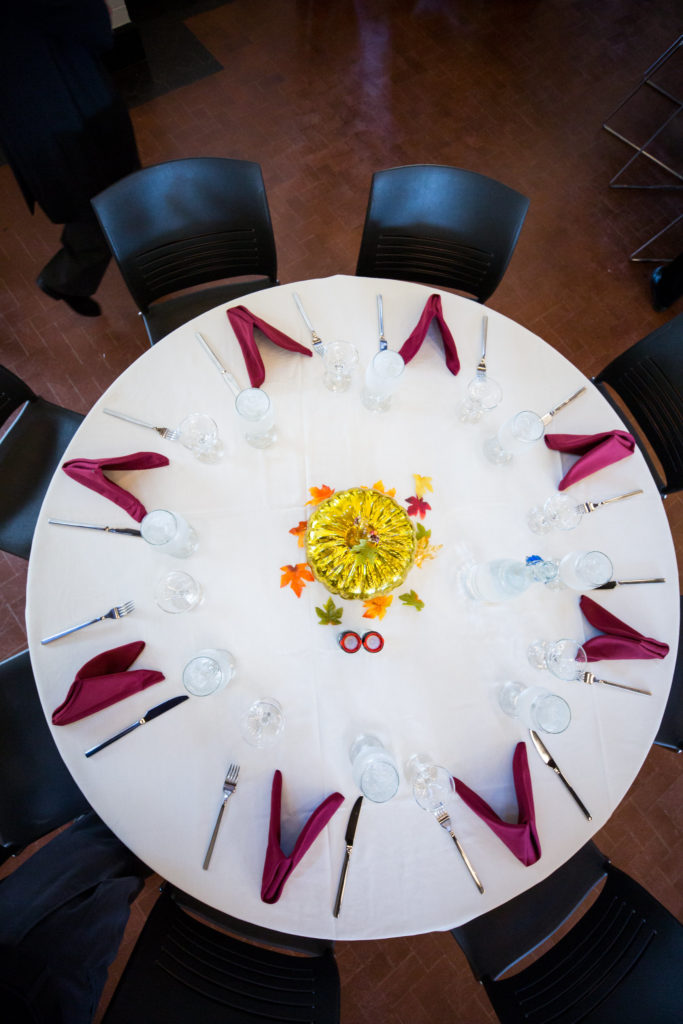
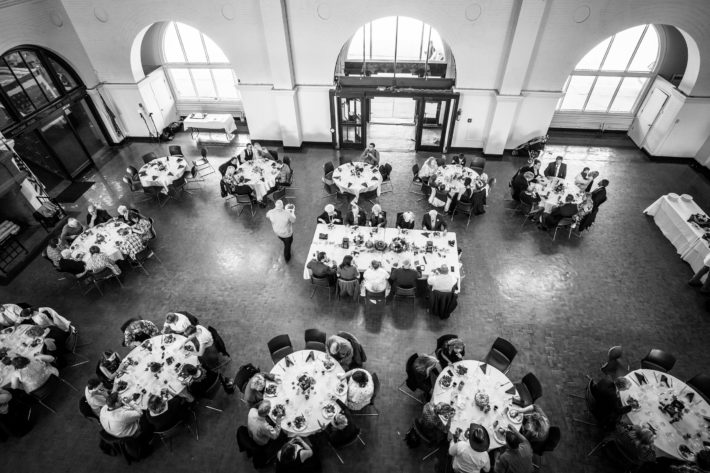
Comments Off on Wedding Seating Charts | Your Guide